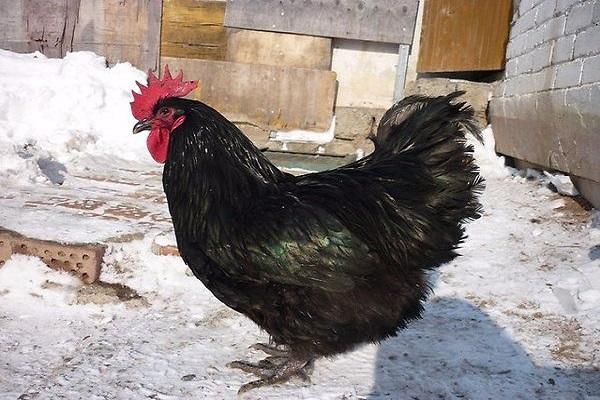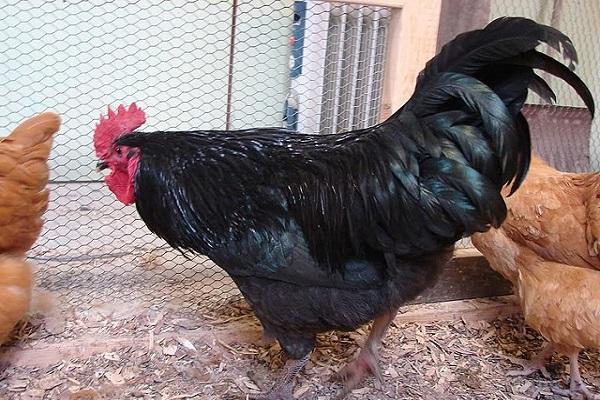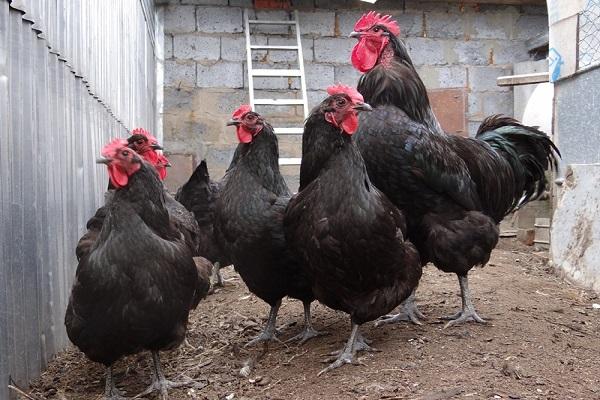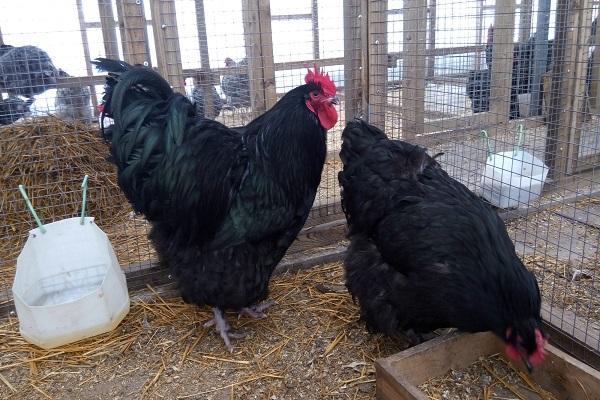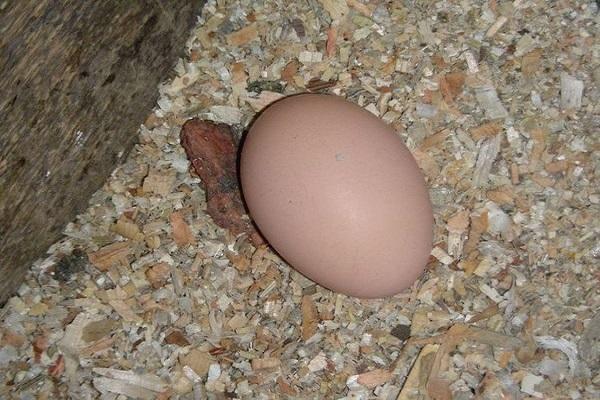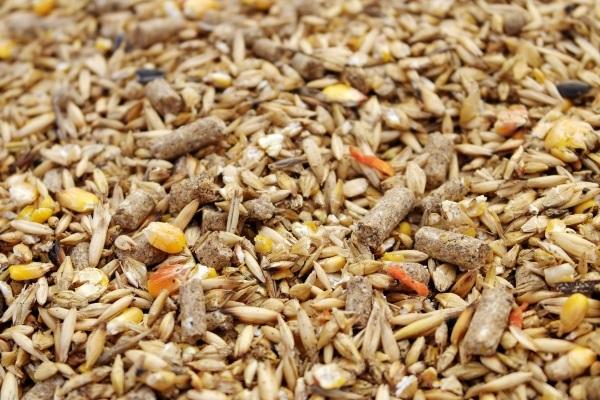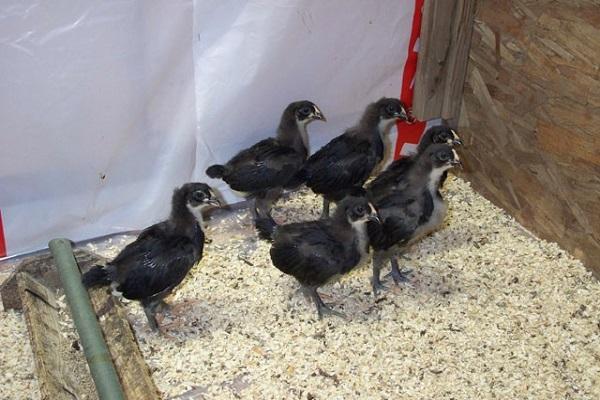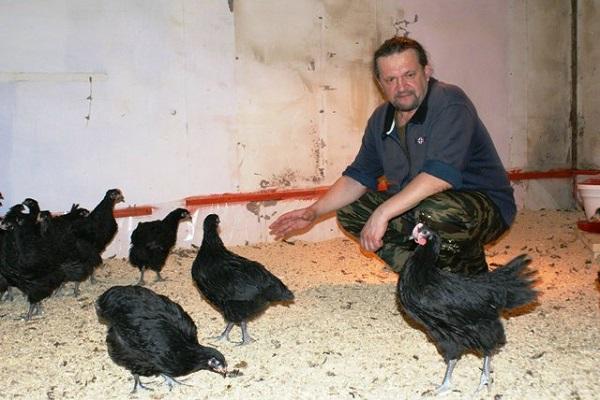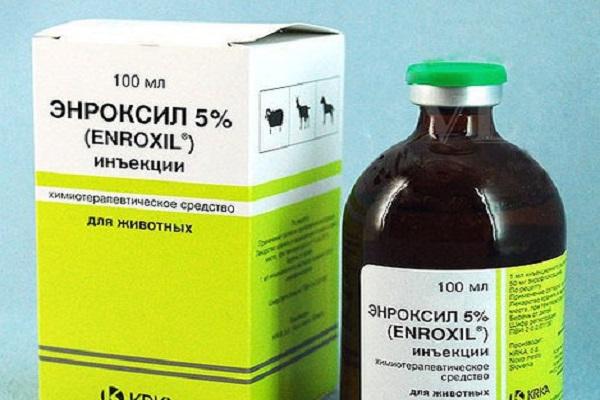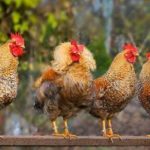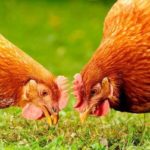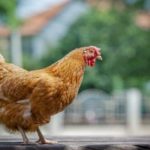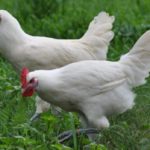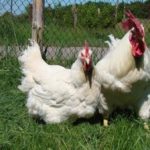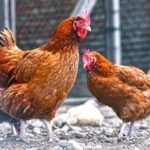Among the wide variety of chicken breeds, the Jersey Giant is distinguished by a number of features. When planning to breed this breed, it is recommended to familiarize yourself with the main characteristics, nuances of breeding and maintenance.
- Origin story
- Description and characteristics of Jersey Giant chickens
- Appearance and varieties
- Character of birds
- Productive qualities
- Main positive and negative aspects
- Nuances of keeping the breed
- Chicken coop and run
- Conditions for winter
- Interruption of oviposition and molting
- Diet
- Chickens
- Teenagers
- Laying hens
- Subtleties of breeding
- What ails the Jersey Giants
- Infectious diseases
- Parasites
- Diseases of young animals
Origin story
Jersey breed was first developed in New Jersey just under a hundred years ago. The first chickens bred as a result of breeding research were black. Subsequently, the chickens were brought to Britain, where work was carried out on the genetic fixation of other colors. Over time, giant chickens, differing from each other in appearance, have spread throughout the world.
Description and characteristics of Jersey Giant chickens
According to the name of this breed, chickens are among the heavy, fleshy birds. The distinctive characteristics of Jersey Giants are muscularity and the intensity of muscle mass formation..
Appearance and varieties
Jersey Giant roosters have a large and wide head with a straight comb divided into pointed teeth. The beak is short, strong, curved. The eyes are round and convex, dark brown in color.
The bird's body is wide, the back and chest are set horizontally. The wings are medium-sized and fit tightly to the body.
Character of birds
The Jersey breed has a calm and docile character, despite the fact that it has fighting cocks in its pedigree. The breed is not characterized by aggressive behavior and attacks on other birds and people.
Productive qualities
A feature of giant chickens is early egg laying, which occurs from the age of 7 months. The egg production rate reaches about 180 pieces. The eggs laid have a dense brown shell, weighing from 55 g with an increase to 62 g.
Main positive and negative aspects
Compared to other breeds, the Jersey Giant has a number of advantages and disadvantages. The positive aspects include the following:
- unpretentiousness to conditions of detention;
- calm character;
- active growth and early egg laying;
- developed brooding instinct;
- high percentage of meat yield.
The list of the main disadvantages of giant chickens includes:
- tendency to obesity;
- the need for a large walking space;
- deterioration in the taste characteristics of poultry meat over the age of one year.
Nuances of keeping the breed
To ensure maximum productivity of chickens, it is necessary to create favorable conditions for their keeping. The Jersey Giant breed does not have any specific requirements for environmental conditions, so the process will not be difficult.
Chicken coop and run
Giant chickens can adapt to being kept in cramped coops, but this will affect their health. It is recommended to equip a spacious chicken coop with constantly running ventilation, which will remove accumulations of ammonia released during the decomposition of bird droppings. Soft bedding should be placed under the perch to prevent injury to the birds.
Enclosures can be built for walking chickens. The optimal free space for one chicken is 0.5-1 m. Due to its large mass and large size, the Jersey breed does not fly, but it is recommended to stretch a high mesh around the aviary so that smaller breeds cannot penetrate into the neighboring aviary.
Conditions for winter
Giant breed chickens can easily tolerate even cold winters, but the temperature inside the chicken coop must be maintained above +5 degrees. A suitable temperature indicator is +10 degrees. Sawdust or straw should be scattered on the floor of the chicken coop for additional insulation.
The weak point of Jersey birds in winter is the comb.At zero temperatures and below, there is a possibility of scallop damage, so when cold weather sets in, it is recommended to keep animals exclusively in insulated rooms.
Interruption of oviposition and molting
Under favorable conditions, chickens lay eggs regularly for 3 years. Obese birds have problems with egg production, resulting in decreased egg quantity and quality in the second year of life..
Chicken molting is a natural process that involves a change in plumage with the onset of autumn. Shedding occurs gradually and lasts about two months, simultaneously with a decrease in daylight hours. Chickens do not lay eggs during this process. After the plumage change is completed, egg production is restored and continues until the next autumn.
Diet
The composition of the diet for the Jersey Giant breed is no different from that for other breeds and includes:
- 40% corn;
- 40% wheat;
- 20% other additives (vitamins, cake, shell rock, chalk).
Chalk should be used as an additive to the main diet and should not replace shell rock with it. Otherwise, the chalk will form lumps in the intestines and clog the gastrointestinal tract.
Ready-made feed can be used as an alternative diet. It should be borne in mind that most complex feeds are intended for egg breeds of chickens, and the main purpose of nutrition is to stimulate egg production. Feeding is carried out 2-3 times a day. With the onset of winter, the diet can be expanded to include greens and chopped vegetables.
Chickens
Particular attention should be paid to the process of feeding chickens at an early stage of development. Chickens grow actively in the presence of nutritional components in the feed.For intensive development of chickens, the presence of vitamin supplements, sufficient amounts of protein and calcium-containing products is required. Proper nutrition also helps reduce the risk of disease.
Teenagers
After three months of life, the chickens are transferred to a new diet. Chickens raised for meat are heavily fed protein to ensure they are ready for slaughter by five months.
Simultaneously with the change in nutrition, the growing individuals are transferred to an adult chicken coop. While walking, the birds independently hunt for worms and other insects.
The basic diet should include calcium-containing foods so that chickens develop a strong skeleton. Also, the presence of calcium in the diet will allow you to lay eggs with a strong shell.
Laying hens
Before laying eggs, you need to pay close attention to laying hens. To obtain high-quality eggs, birds should not be over-fed or overweight. 2 months before laying eggs, the nutritional intake for laying hens is reduced. In the summer, to simplify the selection of diet, you can release chickens onto the grass so that they feed on insects on their own.
Subtleties of breeding
When planning to breed Jersey giants, it is worth considering that it is cheaper and easier to purchase hatching eggs. They should be purchased from specialized farms from professional breeders.
What ails the Jersey Giants
Violation of the nutritional diet and unfavorable living conditions lead to diseases in chickens. There are several common medical conditions that affect Jersey Giants.
Infectious diseases
The Jersey Giant breed is resistant to disease, but in some cases it becomes infected with mycoplasmosis.Antibiotics and deworming medications should be used to prevent infection. The development of infection in the absence of control causes damage to the respiratory organs and can lead to the death of individuals.
Chickens can be treated with antibiotics “Enroxil”, “Farmazin” and “Tilmikovet”, mixing the drugs into the feed or drinking bowls with water. To reduce the risk of infection with mycoplasmosis, you need to keep the chicken coop clean, regularly update the litter and carry out disinfection measures.
Parasites
When kept in open enclosures, birds can be attacked by various parasites, including fleas, ticks and feather eaters. As a preventive measure and to combat parasites, you need to organize baths for chickens made of wood ash and sand. The components are mixed in equal proportions in a trough, making a layer 20 cm high.
Diseases of young animals
Chicken diseases often occur as a result of hypothermia or poisoning. In the first couple of months of development, individuals need special conditions, and the negative impact affects the developing organism.

